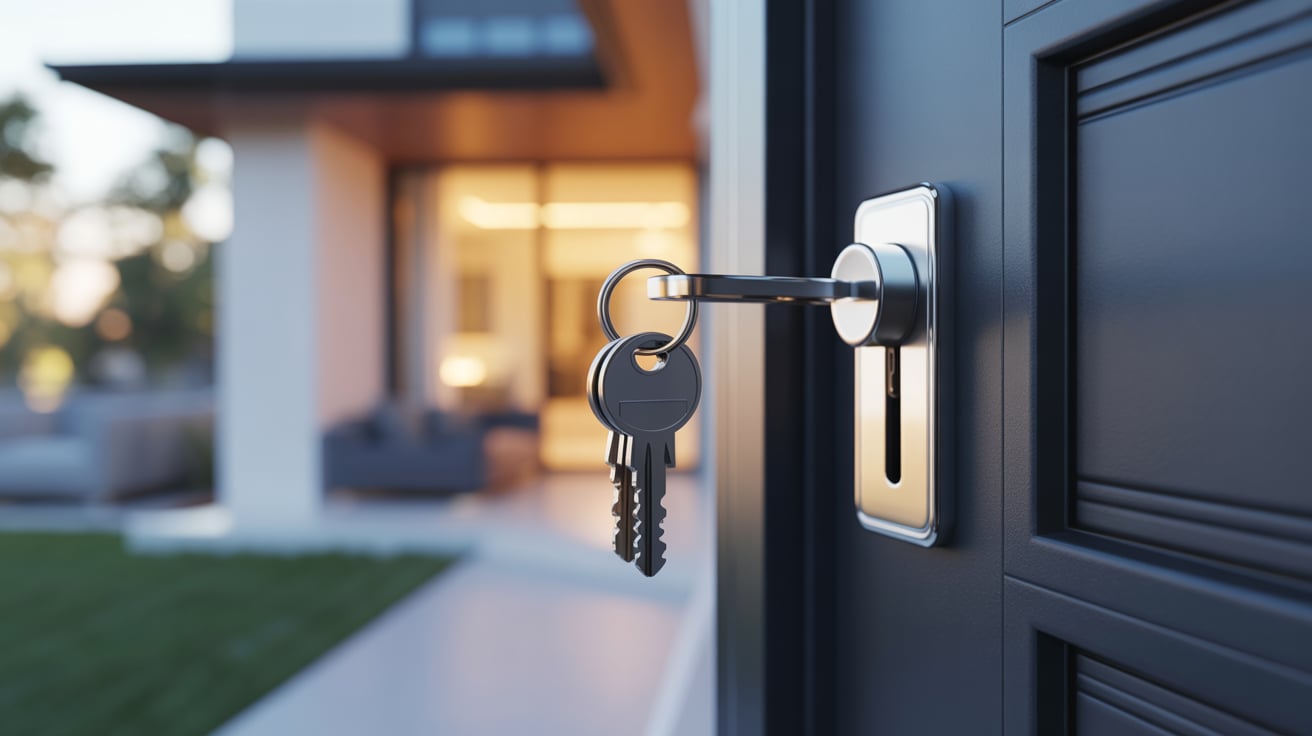🗝️ How to Set Tenant Expectations Early
A Landlord’s Guide to Smooth Rentals – Post 2
The move-in process sets the tone for your entire landlord-tenant relationship. If expectations aren’t clearly defined from the start, misunderstandings can grow into costly problems. But when you're proactive about communication, documentation, and clarity, things run smoother from day one.
At Green Door, we believe the move-in is the moment to get ahead of trouble before it starts.
Here’s how we help our tenants start off on the right foot!
✅ Step 1: Complete the Pre Move-In Process
Before your tenant receives the keys, there’s work to do and this is your opportunity to clarify expectations face-to-face.
Your Pre Move-In Process should include:
- Reviewing the lease documents together and answering any questions
- Confirming utilities have been transferred to the tenant
- Collecting the security deposit and first month’s rent
- Schedule the move-in walkthrough & key exchange
💬 This is a great time to set the tone. Being mindful of how you communicate and carry yourself now sets the stage for a respectful and cooperative landlord-tenant relationship.
✅ Step 2: Conduct a Thorough Move-In Walkthrough
A detailed walkthrough protects both you and the tenant. It provides a clear record of the property’s condition and gives the tenant a chance to ask questions or flag concerns.
Make sure to:
- Use a move-in checklist (signed by both parties)
- Take photos or videos for documentation
- Review important features like circuit breakers, shut-off valves, thermostat, and trash/recycling rules
💡 Pro tip: Don’t rush this step. Give the tenant time to absorb the walkthrough and ask follow-up questions.
✅ Step 3: Create a Welcome Packet or Tenant Handbook
A printed or digital welcome packet can prevent 90% of the questions tenants usually have in the first few months. It's also a great way to show you care about their experience.
Include:
- How and when to pay rent
- How to request maintenance
- Emergency contact info
- Local utility providers
- Trash pickup schedule
- Lawn care and pest control responsibilities
- Lease summary or FAQ
- Community rules, parking info, etc.
📂 Want to go next-level? Include nearby restaurants, parks, or tips for living in the area.
✅ Step 4: Clarify Responsibilities in Writing
You know what’s expected... but do they?
Every lease has fine print, but it’s important to summarize expectations in plain language.
Discuss upfront:
- Rent due dates, grace periods, and late fees
- Maintenance timelines (non-emergency vs. emergency)
- Filter changes, lawn mowing, pest prevention, etc.
- Rules on guests, smoking, or unauthorized pets
- What “normal wear and tear” really means
When in doubt, spell it out.
✅ Step 5: Set the Tone for Communication
The first few interactions create lasting impressions. Be firm, fair, and professional. Let tenants know:
- The best way to reach you
- Typical response times
- What counts as an emergency
- When to expect follow-ups or updates
Clear boundaries = smoother communication for the rest of the lease.
✅ Step 6: Put It All in a System
Even the best intentions fall flat without a system. Create a repeatable process you can use every time a tenant moves in. This might include:
- Pre-set checklists
- Digital templates for your welcome packet
- Saved email templates for welcome messages or reminders
📋 Systems save time and make you look like a rock star!
In Summary…
The smoother the move-in, the smoother the rental experience for everyone involved. Setting expectations early isn’t just smart…it’s kind, clear, and professional. Your future self (and your tenants) will thank you!


